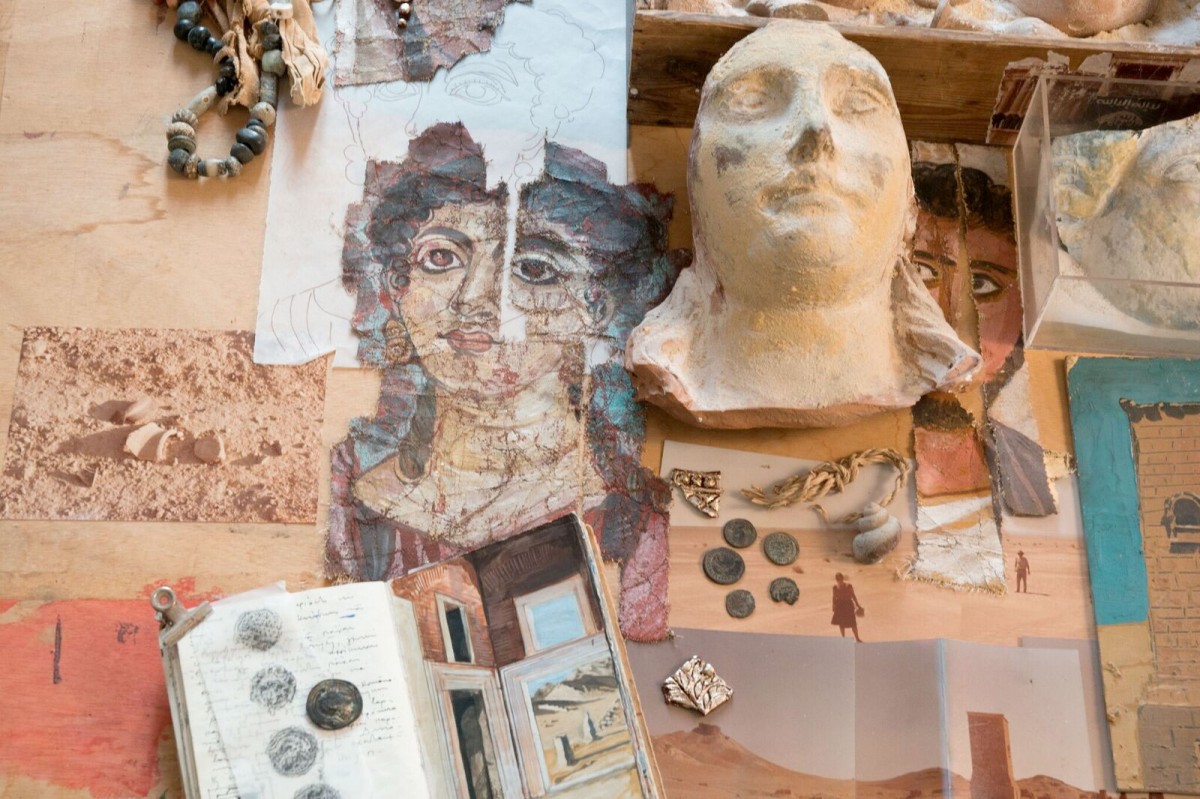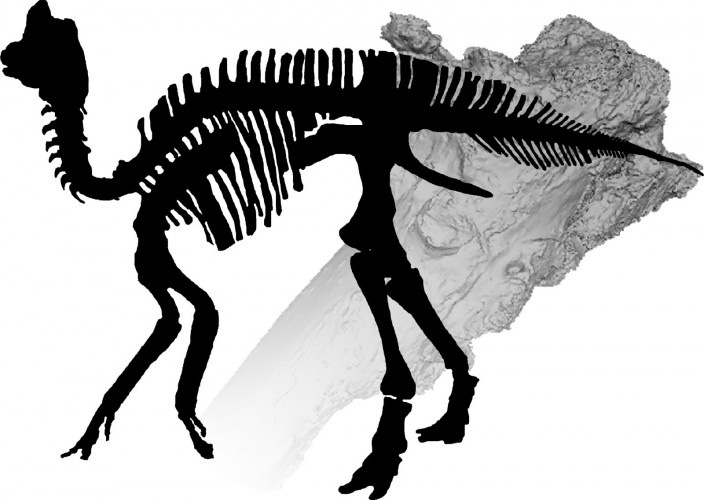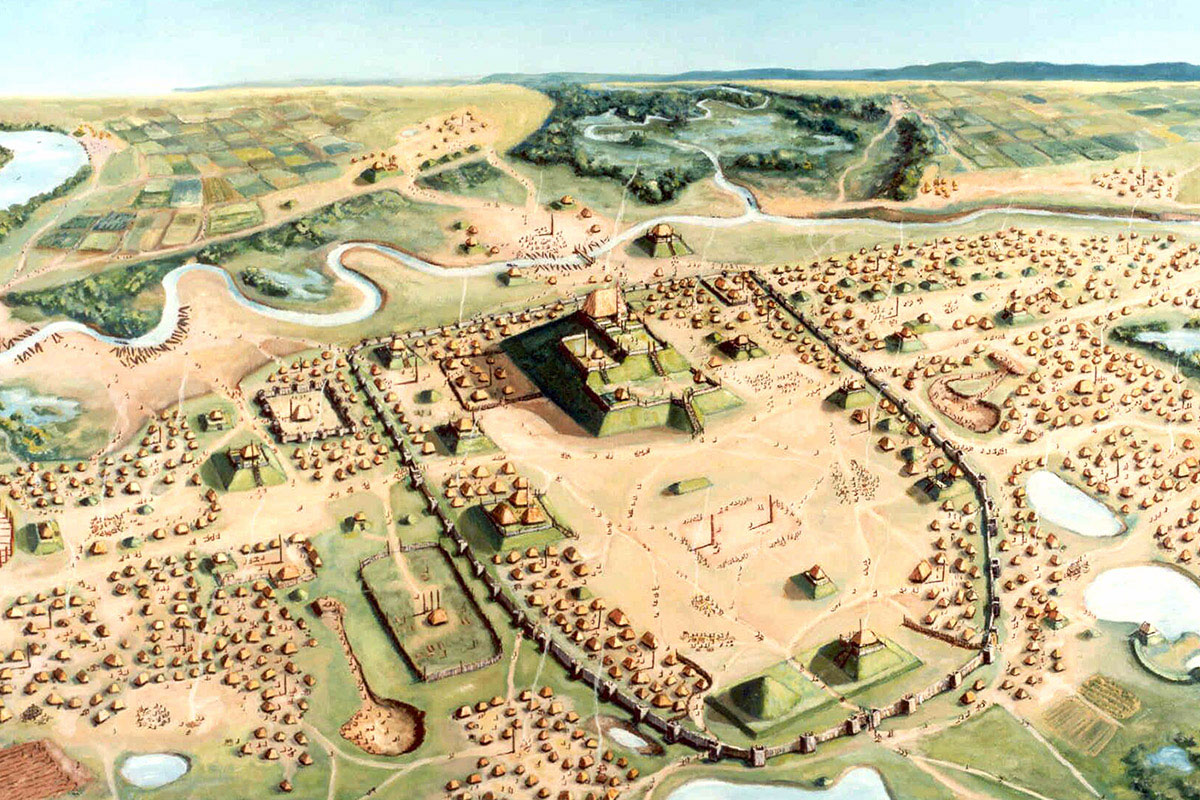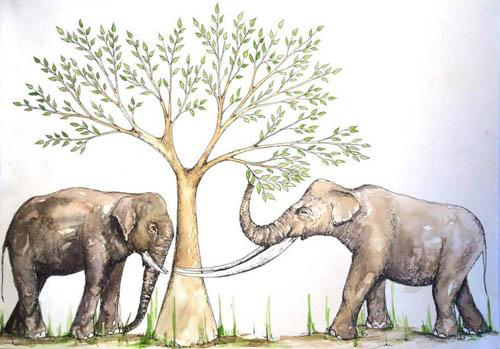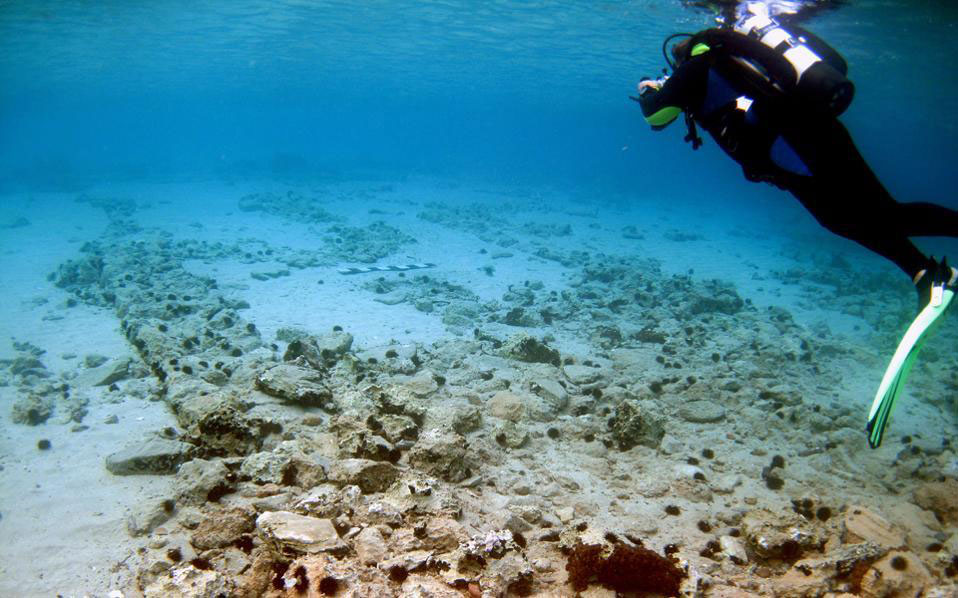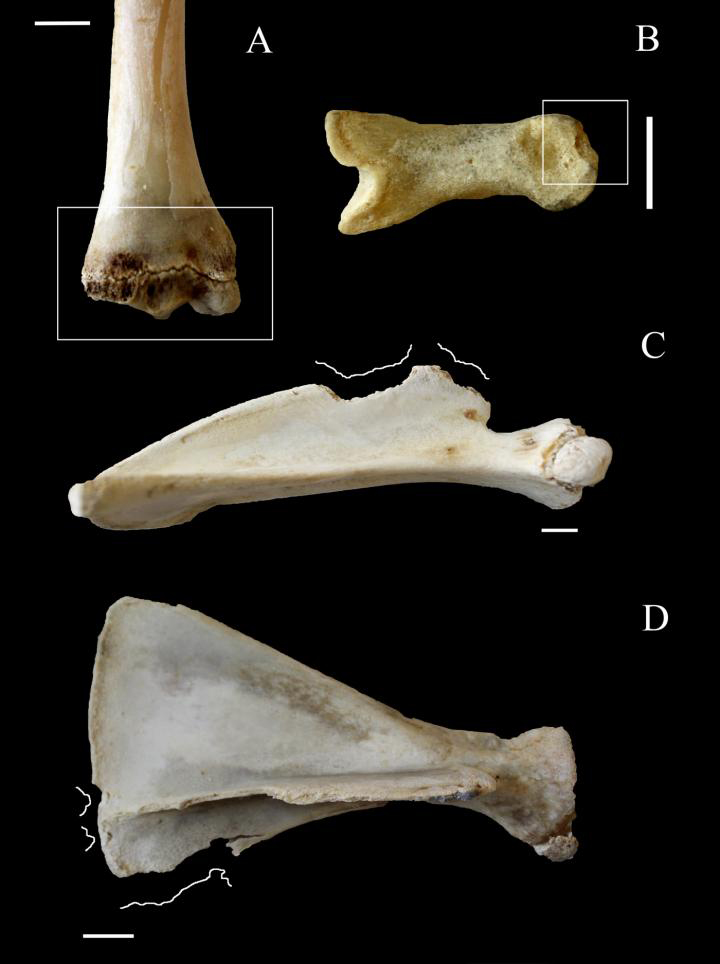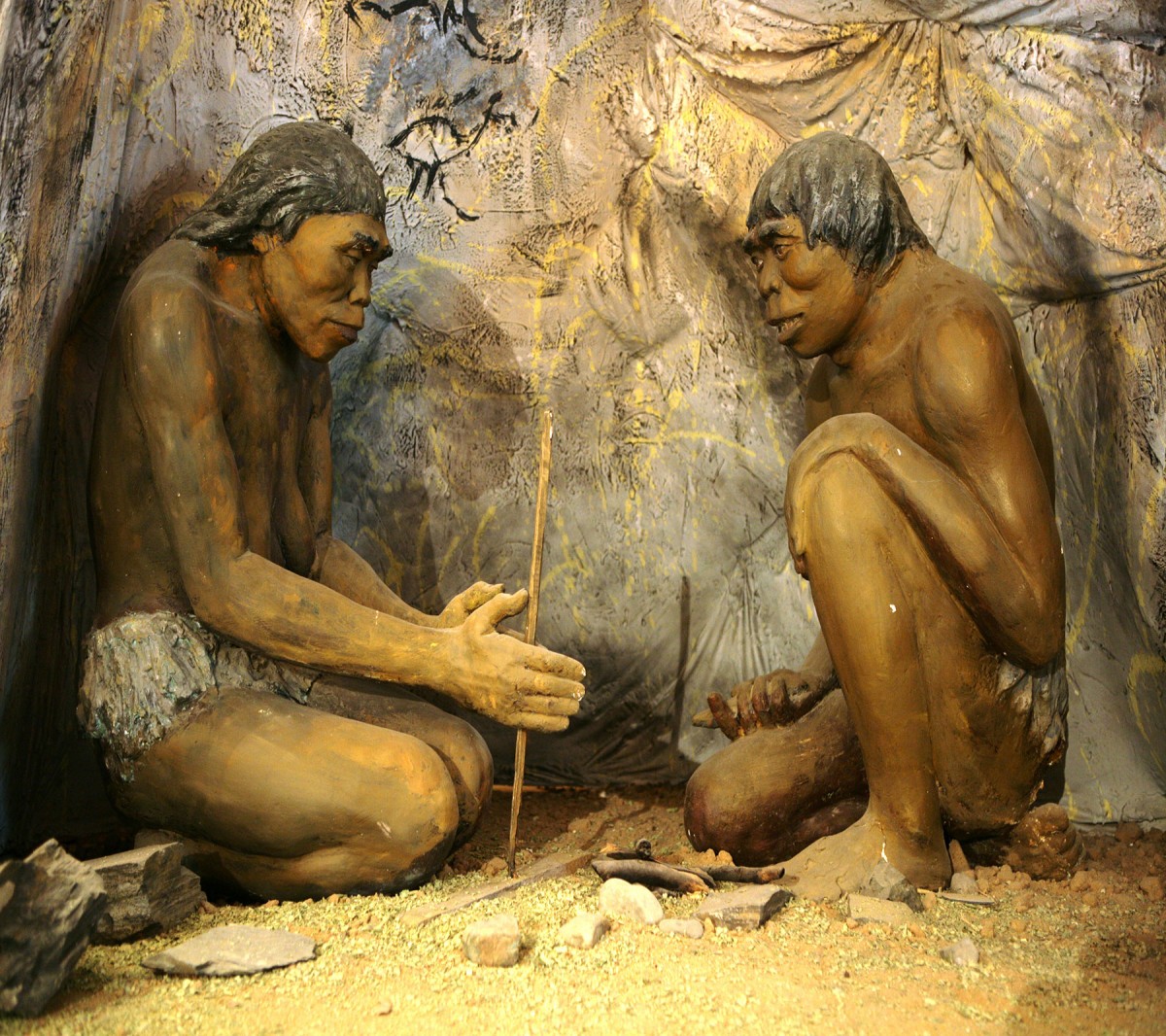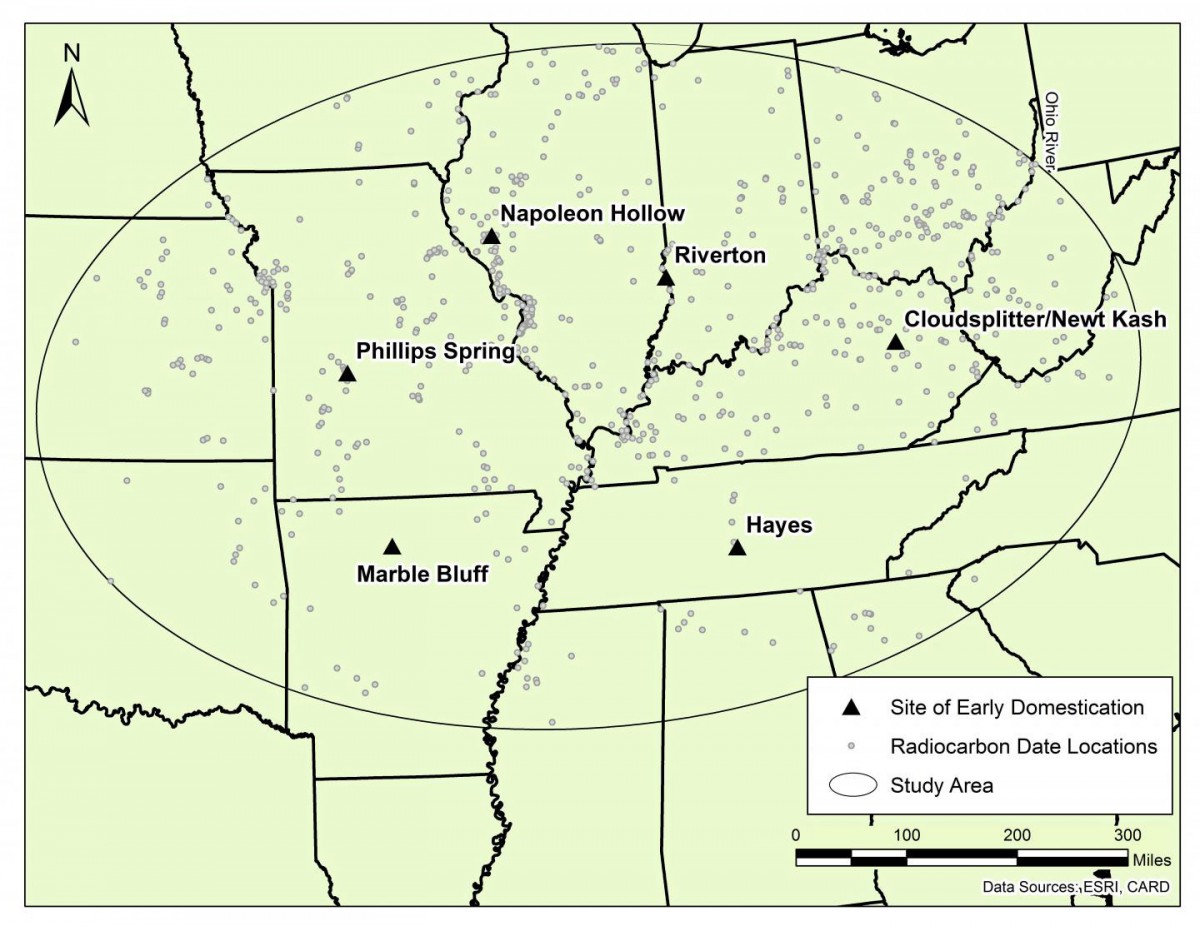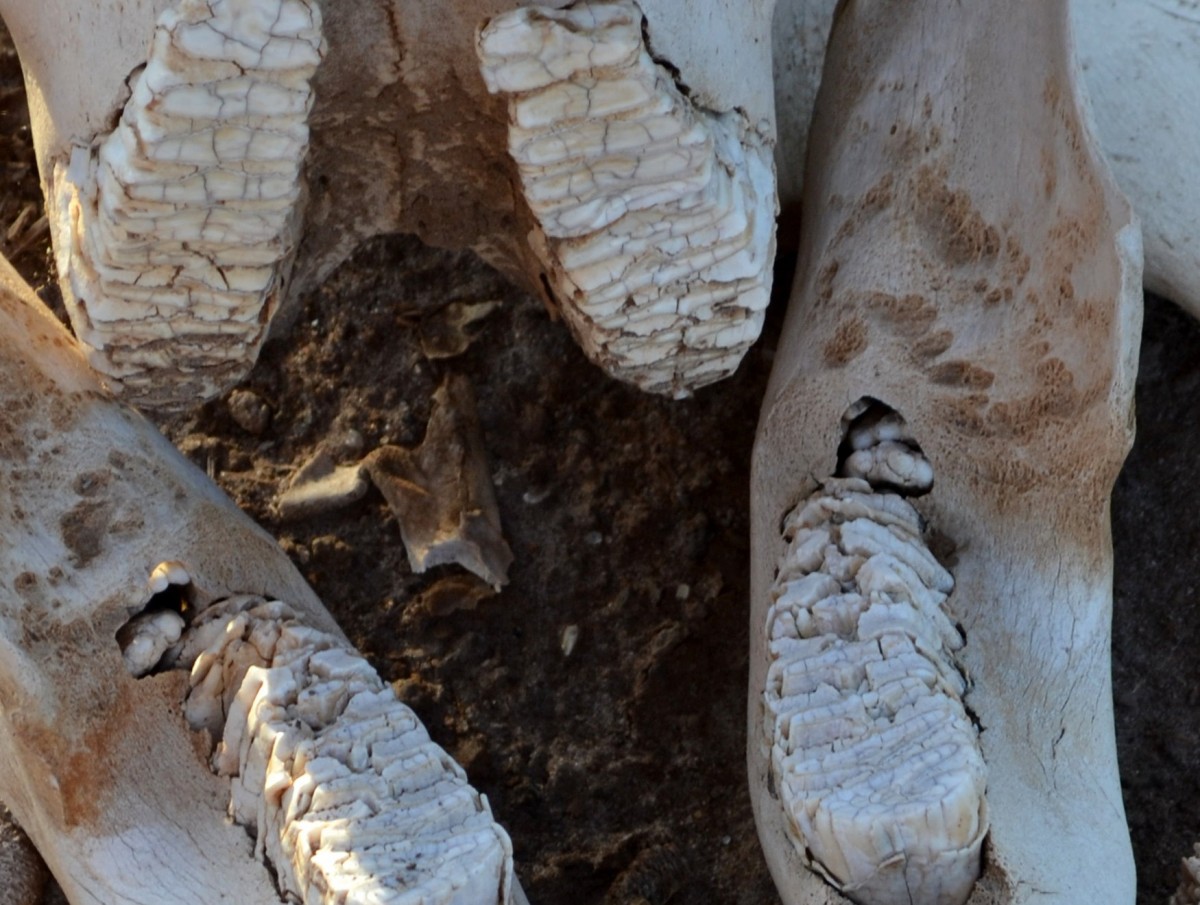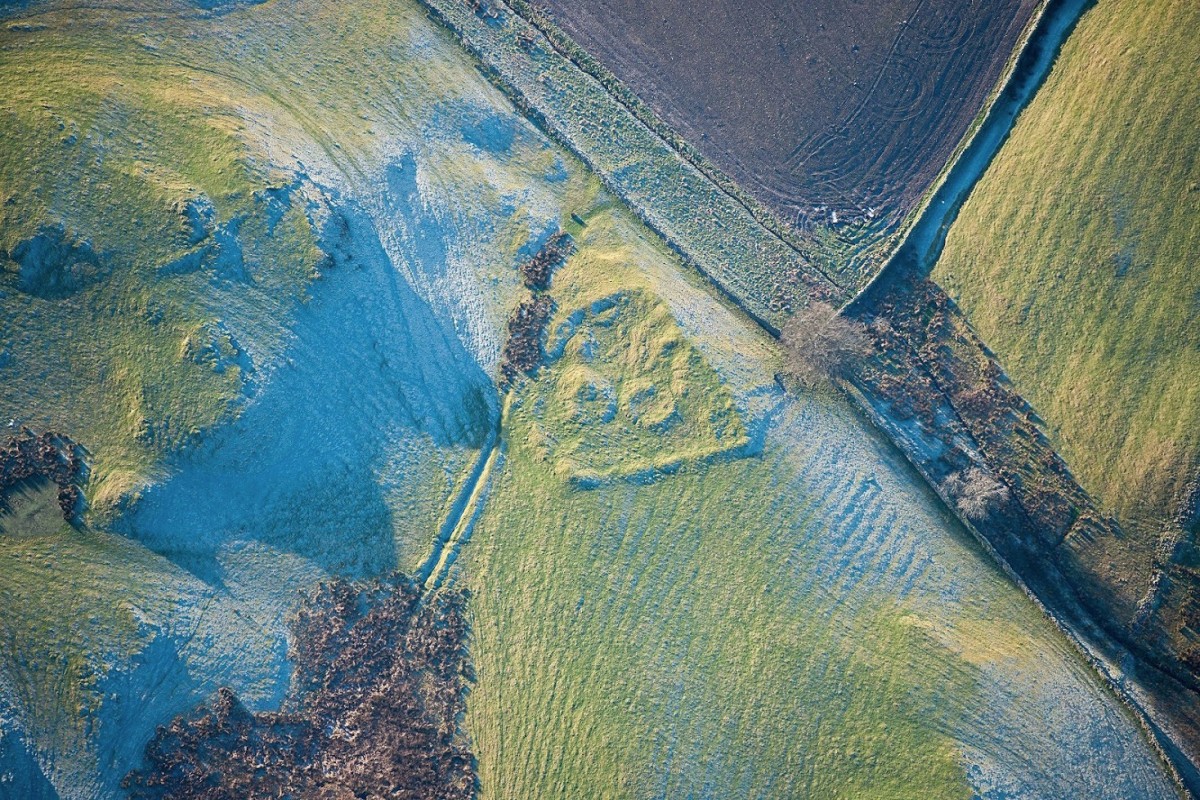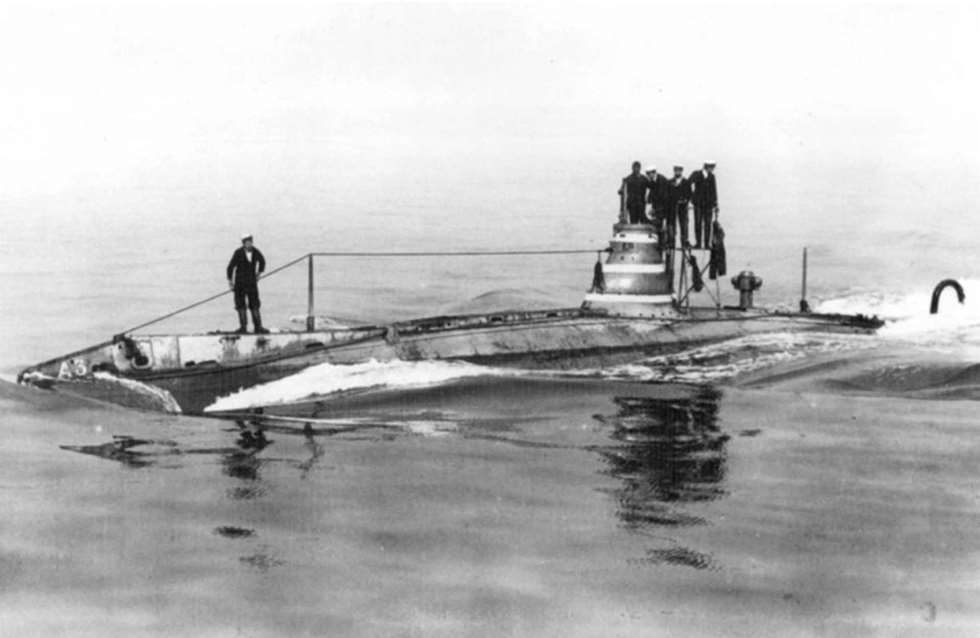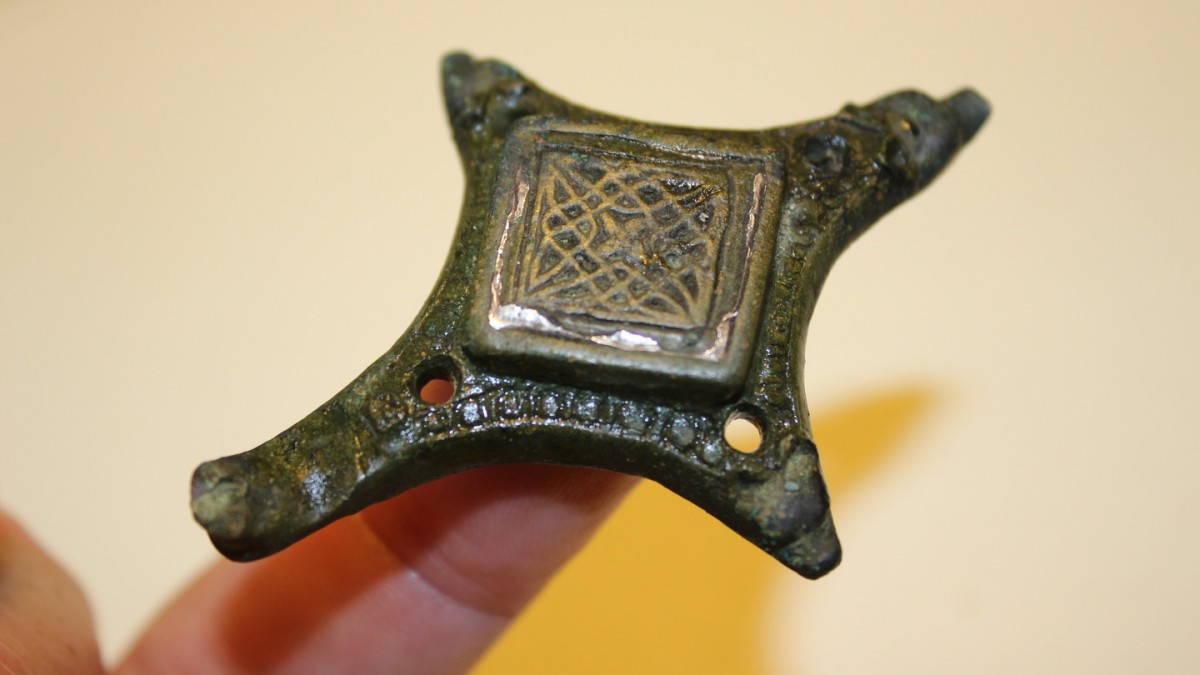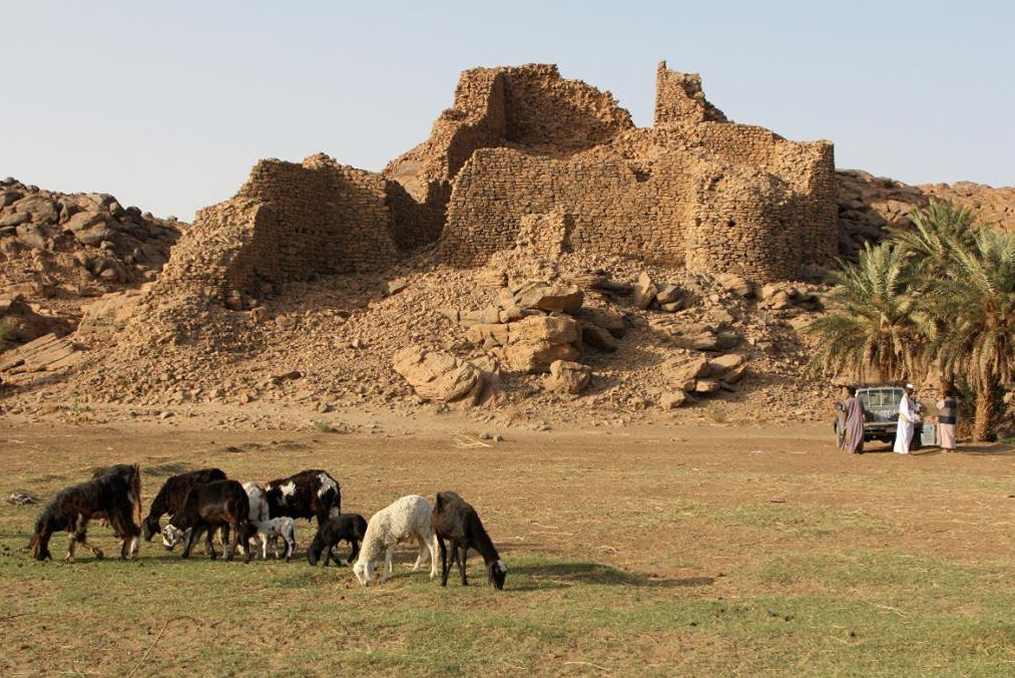Long Night of Museums in Berlin
Berlin’s museums are opening their doors in the middle of the night, on August 27.
Palmyra Requiem extended
The exhibition Palmyra Requiem, which opened at the Benaki Museum on June 14, is being extended until September 25, 2016.
National Museum of Oman has opened its gates in Muscat
The National Museum of the Sultanate of Oman opened its gates to the public on 30 July in Muscat.
Roman Mosaics across the Empire
The exhibition "Roman Mosaics across the Empire" will be on view until September 12, 2016, at the J. Paul Getty Museum at the Getty Villa.
Private donation of prehistoric clay figurine
A Bronze Age figurine was donated to the Department of Antiquities of Cyprus by its owner, after having been looted and repatriated last year along with other antiquities found in the illegal possession of Aydin Dikmen.
Digitally Diagnosing Dinosaurs
Researchers used the microCT scanning facilities at Harvard University's Center for Nanoscale Systems to do an internal diagnosis. The prehistoric patient was a Hadrosaur.
Ancient bones, teeth, tell story of strife at Cahokia
Dozens of people buried in mass graves in an ancient mound in Cahokia, a pre-Columbian city in Illinois near present-day St. Louis, likely lived in or near Cahokia most of their lives.
Hunter-gatherers experimented with farming in Turkey before migrating to Europe
Clusters of hunter-gatherers spent much of the late Stone Age working out the basics of farming on the fertile lands of what is now Turkey before taking this knowledge to Europe.
New finding helps understand feeding ecology of Pleistocene proboscideans
Recently, a Sino-British team of palaeontologists explored the feeding ecology of Chinese proboscideans from different Pleistocene stages, using cutting-edge 3D dental microwear texture analysis.
University of Leicester discovery sheds light on how vertebrates see
Discovery identifies details in eyes of 300-million-year-old lamprey and hagfish fossils.
Bronze Age underwater site Pavlopetri at risk
As Pavlopetri is threatened by pollution and looting, authorities now take steps to promote the site.
Scientists scan most complete Heterodontosaurus skeleton ever found
The European Synchrotron Radiation Facility (ESRF) had an extraordinary and ancient visitor last week: the most complete fossil skeleton ever found of the small plant-eating dinosaur, heterondontosaurus tucki.
Tracking down the first chefs
A piece of research by the UPV/EHU-University of the Basque Country establishes the bases that can be used to differentiate between bones eaten by humans and those eaten by animals among the bones found on archaeological sites.
The great evolutionary smoke out: An advantage for modern humans?
A genetic mutation may have helped modern humans adapt to smoke exposure from fires and perhaps sparked an evolutionary advantage over Neandertals.
Population boom preceded early farming
A population boom and scarce food explain why people in eastern North America domesticated plants for the first time on the continent about 5,000 years ago
Tooth wear sheds light on the feeding habits of ancient elephant relatives
For the first time, the changing diets of elephants in the last two million years in China have been reconstructed, using a technique based on analysis of the surface textures of their teeth.
Aerial technology is transforming understanding of the past
A Roman camp in Dorset, a Neolithic henge in East Yorkshire and a Bronze Age cemetery in West Sussex are among the amazing archaeological sites Historic England has discovered from the air.
First World War submarine wreck sites protected
British and German submarines from the First World War have been made Protected Historic Wreck Sites.
St. Paul Island mammoths most accurately dated ‘prehistoric’ extinction ever
While the Minoan culture on Crete was just beginning, woolly mammoths were disappearing from St. Paul Island, Alaska...
Orangutan gives clues to the origins of human speech
An orangutan called Rocky could provide the key to understanding how speech in humans evolved from the time of the ancestral great apes.
American student finds rare brooch in Ireland
An American film student at New York University stumbled upon a rare 12th century kite brooch during a field trip in Ireland earlier this month.
Evidence found for first monastery on Lindisfarne
Experts from the Department of Archaeology at Durham University and the crowd-funded archaeology platform DigVentures have found what they believe to be evidence of the earliest monastery on The Holy Island of Lindisfarne in Northumberland, UK.
Riddle of defensive structures of the Middle Nile solved
Polish archaeologists have confirmed the defensive function of the monumental structures at the Middle Nile.
Neanderthal brains grew in patterns similar to ours
A new study of Neanderthal skulls yields similarities with ours in the way they grew.

